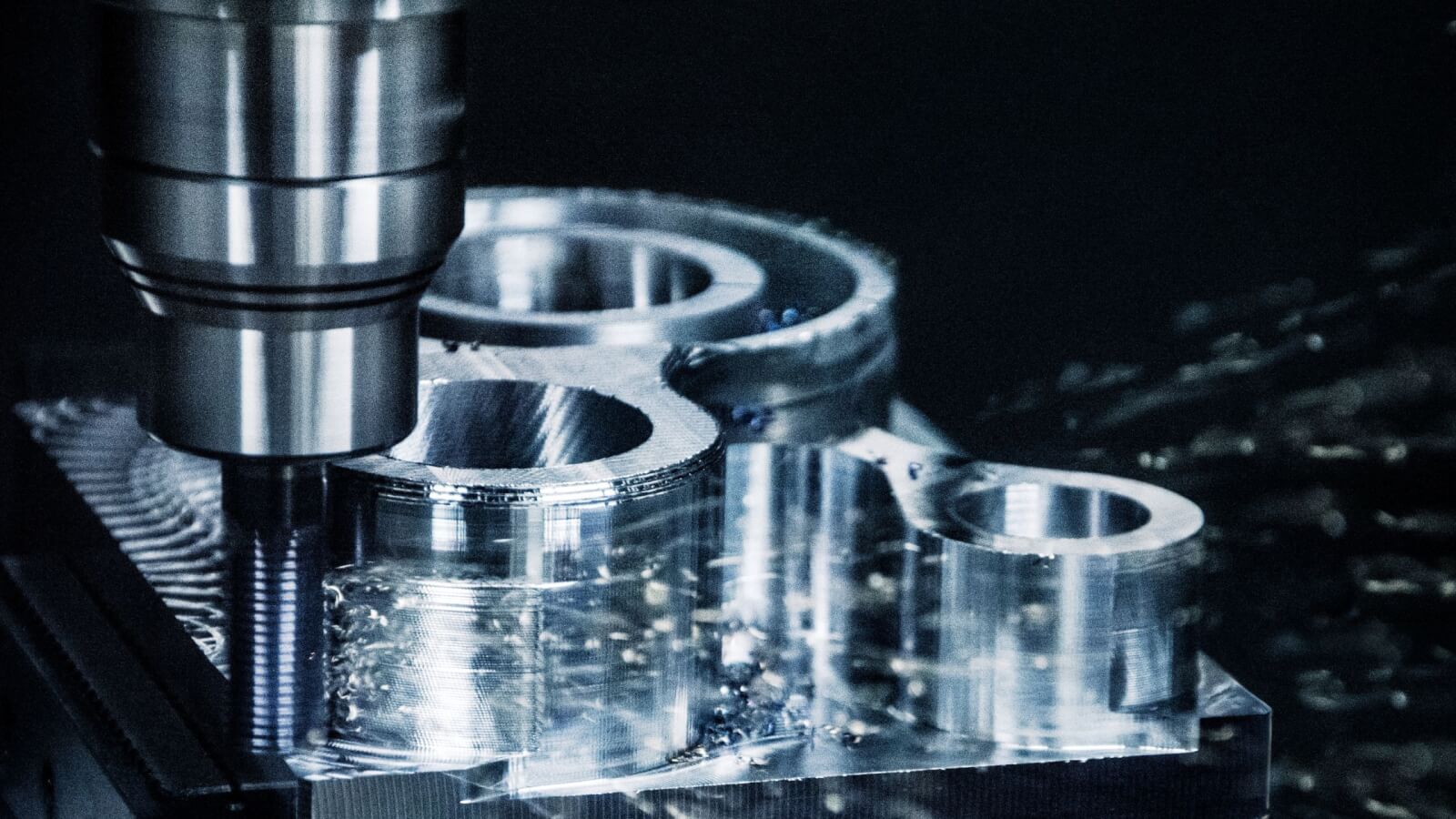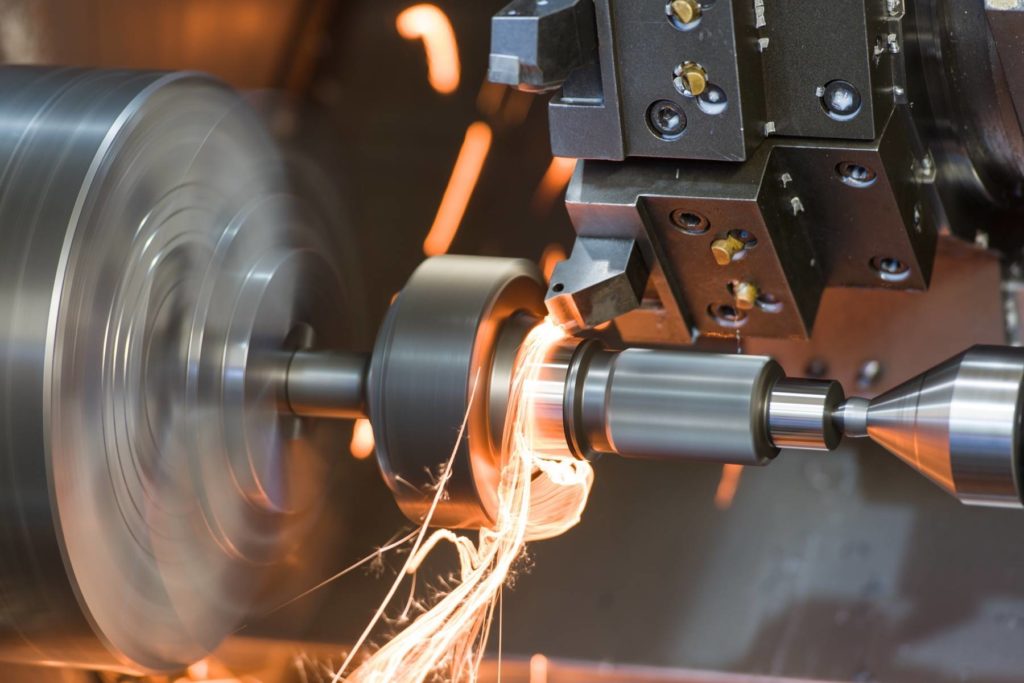Fasteners and Machining: Maximizing Style for Superior Production
Fasteners and Machining: Maximizing Style for Superior Production
Blog Article
Browsing the Globe of Fasteners and Machining: Methods for Accuracy and Speed
In the elaborate realm of fasteners and machining, the mission for accuracy and rate is a perpetual challenge that requires thorough focus to information and critical preparation. From recognizing the diverse range of bolt types to picking optimum materials that can endure strenuous needs, each action in the process plays a pivotal role in attaining the desired end result. Accuracy machining techniques even more elevate the complexity of this craft, calling for a fragile balance between technological know-how and ingenious methods. As we dig into the approaches that can improve both speed and efficiency in this domain, the interplay in between quality assurance actions and functional quality arises as a vital centerpiece.
Understanding Bolt Types
When selecting fasteners for a job, recognizing the different types available is vital for making sure optimum efficiency and integrity. Screws are made use of with nuts to hold materials with each other, while screws are functional bolts that can be used with or without a nut, depending on the application. Washing machines are vital for distributing the load of the bolt and protecting against damage to the material being fastened.
Selecting the Right Products
Comprehending the importance of picking the right materials is critical in guaranteeing the ideal performance and dependability of the chosen fastener types reviewed formerly. When it concerns bolts and machining applications, the product option plays a crucial duty in establishing the general toughness, longevity, corrosion resistance, and compatibility with the desired environment. Different products offer varying homes that can substantially impact the performance of the bolts.
Common materials utilized for bolts consist of steel, stainless steel, titanium, light weight aluminum, and brass, each having its one-of-a-kind toughness and weak points. Steel is renowned for its high strength and longevity, making it appropriate for a large array of applications. Picking the best material includes taking into consideration factors such as toughness requirements, environmental conditions, and spending plan restraints to make certain the wanted performance and longevity of the bolts.
Precision Machining Techniques

Along with CNC machining, other precision methods like grinding, turning, milling, and boring play crucial roles in bolt manufacturing. Grinding assists accomplish fine surface finishes and limited dimensional tolerances, while turning is commonly used to create cylindrical elements with specific diameters. Milling and exploration procedures are crucial for forming and creating openings in fasteners, ensuring they fulfill precise specs and feature appropriately.
Enhancing Speed and Efficiency
To optimize bolt manufacturing processes, it is important to improve operations and apply reliable strategies that enhance accuracy machining methods. One crucial method for improving rate and effectiveness is the implementation of lean production concepts. By lowering waste and concentrating on constant enhancement, lean practices aid Full Report enhance and eliminate traffic jams operations. Additionally, buying automation modern technologies can substantially increase production rate. Automated systems can deal with recurring jobs with precision and speed, allowing workers to focus on even more complicated and value-added activities. Adopting Just-In-Time (JIT) inventory administration can likewise enhance performance by guaranteeing that the best products are available at the best time, minimizing excess supply and lowering lead times. Additionally, promoting a society of cooperation and interaction among team participants can improve total performance by advertising transparency, problem-solving, and innovation. By combining these techniques, makers can attain an equilibrium between rate and precision, eventually enhancing their one-upmanship in the fastener industry.
Top Quality Control Steps
Executing rigorous quality assurance steps is essential in making certain the reliability and uniformity of bolt products in the manufacturing process. Quality control actions incorporate various phases, starting from the option of basic materials to the last examination of the finished bolts. One basic element of top quality control is carrying out detailed product evaluations to verify compliance with specs. This entails over at this website examining factors such as material structure, toughness, and longevity to guarantee that the fasteners fulfill sector criteria. In addition, checking the machining processes is necessary to promote dimensional precision and surface finish top quality. Making use of innovative innovation, such as automated evaluation systems and accuracy measuring devices, can enhance the precision and performance of quality control procedures.
Routine calibration of equipment and machinery is essential to preserve uniformity in production and make certain that bolts meet the required resistances. Applying stringent methods for recognizing and dealing with non-conformities or Read Full Article defects is vital in stopping substandard products from entering the market. By developing an extensive top quality control framework, makers can copyright the credibility of their brand name and deliver bolts that meet the greatest standards of performance and resilience.
Conclusion

In the detailed realm of fasteners and machining, the pursuit for precision and speed is a perpetual difficulty that demands thorough focus to detail and strategic preparation. When it comes to fasteners and machining applications, the material selection plays a crucial duty in identifying the general stamina, toughness, corrosion resistance, and compatibility with the intended setting. Precision machining entails numerous advanced methods that ensure the limited resistances and requirements required for bolts.In addition to CNC machining, other accuracy techniques like grinding, turning, milling, and exploration play important duties in fastener production.To optimize fastener production procedures, it is important to streamline operations and execute effective approaches that enhance precision machining techniques.
Report this page